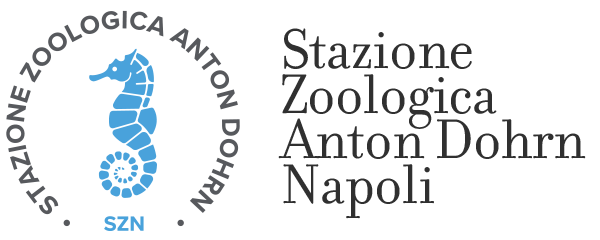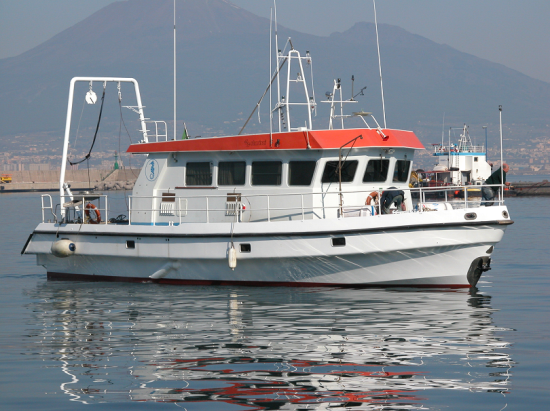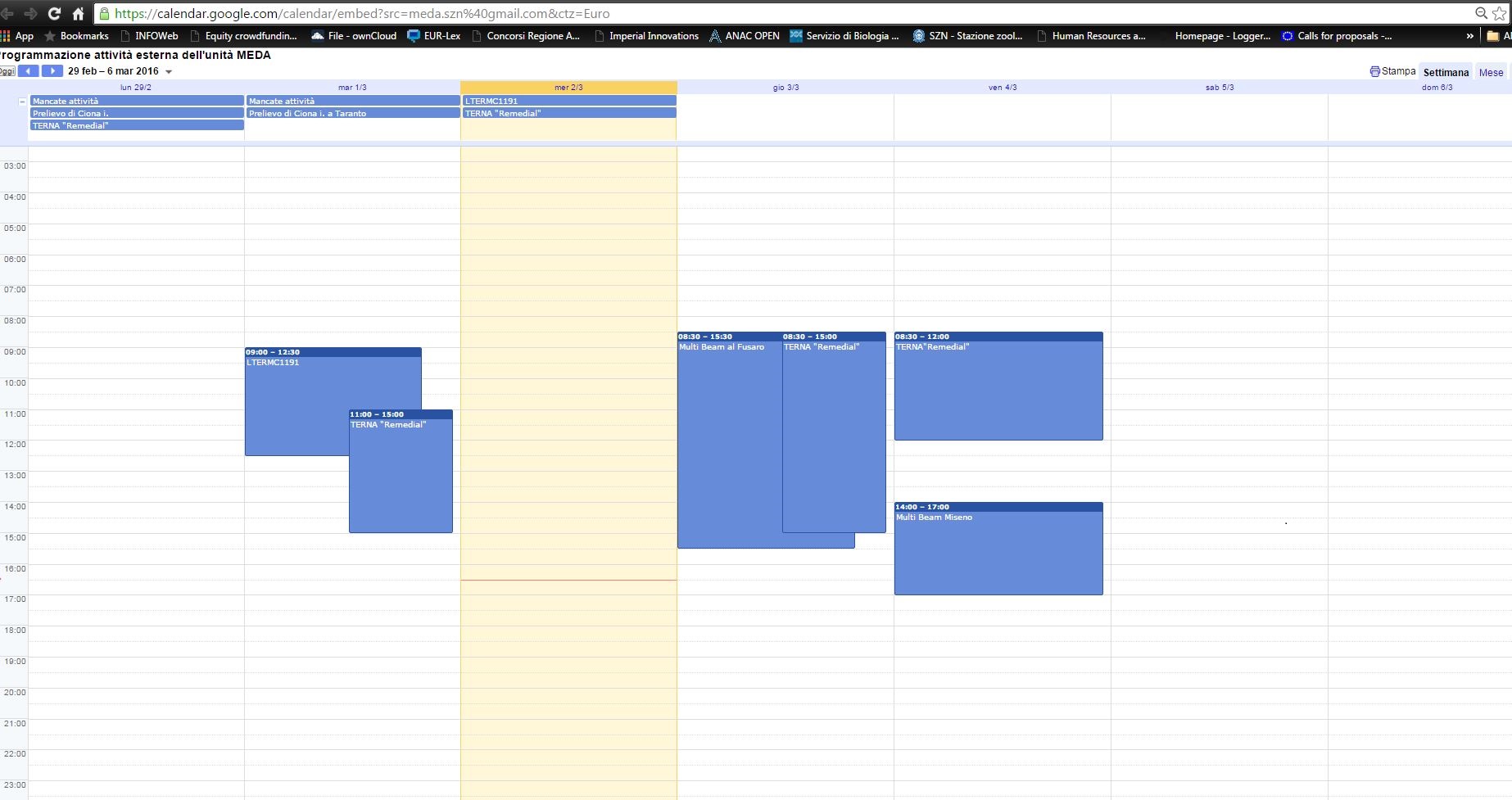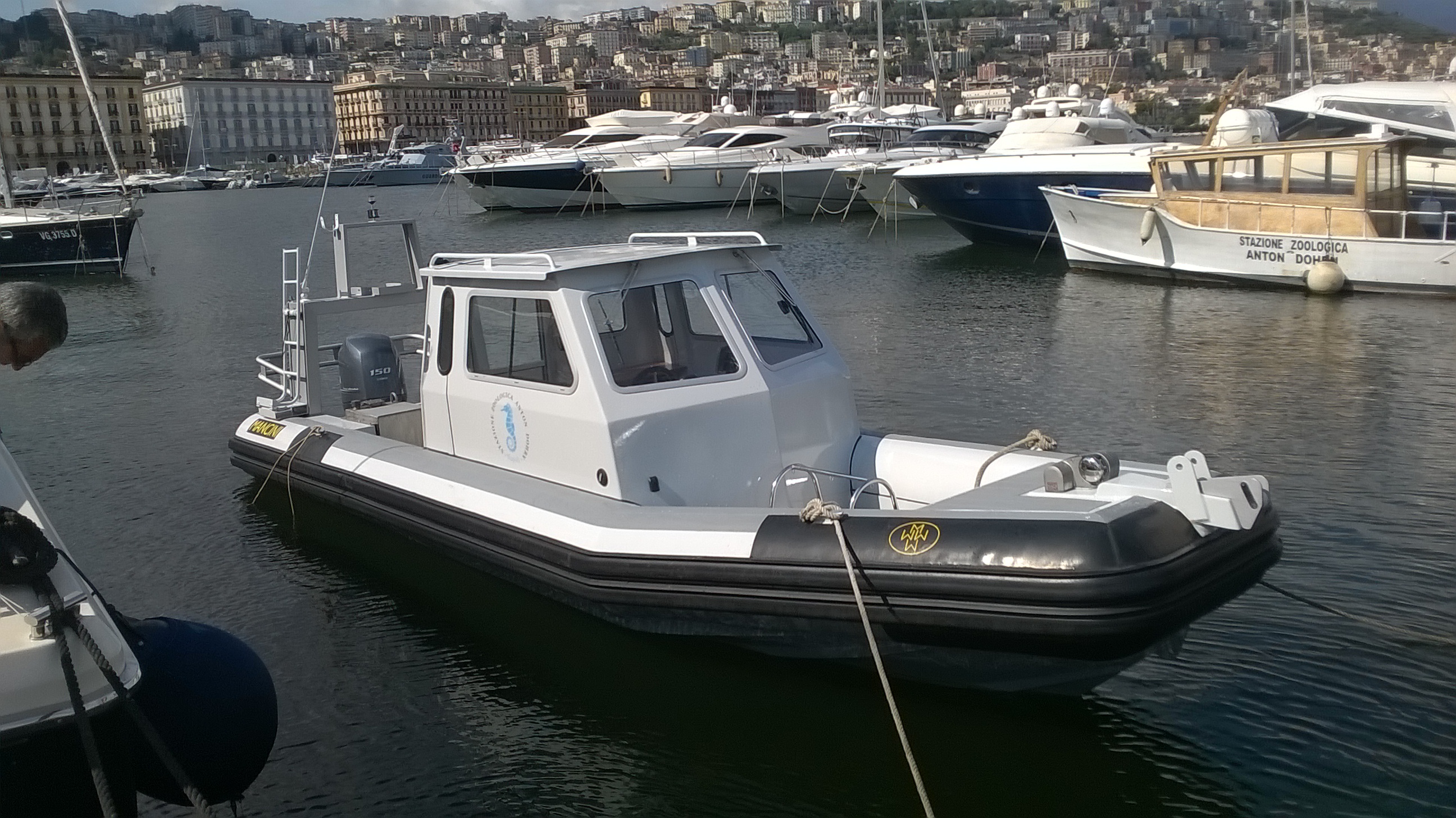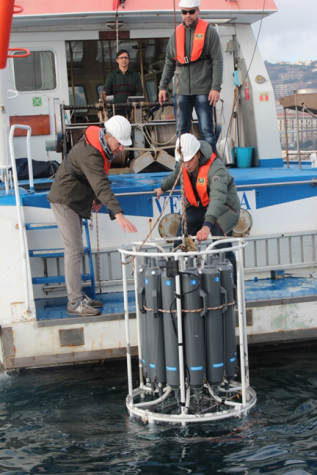 Tenders and Job Opportunities
Tenders and Job Opportunities Tenders and contracts
Tenders and contracts Advice of pre-information
Advice of pre-information ENGLISH
ENGLISH Pages
Pages
Pages
Human Resources Office
Patrizia Varriale, Office Responsible
Silvia Chieffi
Valeria Contino
Francesca Crispino
Vincenzo Puglisi
Giuseppina Sorrentino
General Affairs and Accounting Office
Alessandro Preti, Coordinator
Salvatore Addezio
Luigi De Martino
Marco Grimaldi
Francesca Landi
Pierpaolo Mari
Salvatore Scotti
Vincenzo Signore
General Inquiries
Stazione Zoologica Anton Dohrn
Villa Comunale
80121 - Naples, Italy
Tel.: +39 081 5833111
Fax: +39 081 7641355
Secretariat: +39 081 5833218 - 307
e-mail: stazione.zoologica(at)szn.it
ufficio.protocollo(at)cert.szn.it
Ischia
"Villa Dohrn"
Punta S. Pietro
80077 - Ischia, Naples, Italy
Tel. +39 081 5833521
Fax. +39 081 984201
e-mail: rosanna.messina(at)szn.it
Coastal vessels management
| Description |
The MEDA unit manages the two coastal vessels (M/B Vettoria and M/B Hippocampus) used for environmental monitoring, research and teaching. The service includes the maintenance and calibration of the on-board instrumentation, and support for their use in research and data collection activities. In addition, the MEDA collaborates with the University of Naples, providing teaching support through exercitations on board of the M/N Vettoria. |
| Services provided |
Availability of two vessels complete of crew and equipment. Assistance in sampling, collection of biological material, and in the acquisition of instrumental data. Teaching on board the M/B Vettoria:
|
| Equipment |
M/B Vettoria
M/B Hippocampus
|
| Contacts |
Fabio Conversano Tel. + 39 081 5833357 e-mail: fabio.conversano(at)szn.it |
Body of Rules
Rules for Request of Fellowships (In Italian)
Hydrographic surveys and sampling
Monitoring and Environmental Data Unit
| Description |
Acquisition of the key hydrographic data, water sample collection and pretreatment (for the analyses of the main physical, chemical and biotic variables). These activities are mainly carried on board the M / N Vettoria or on other research vessels. Moreover, in absence of suitable support structures, a fully equipped mobile laboratory can be set up, allowing the first processing of samples. |
| Services provided |
ü Inorganic nutrients, ü Total and dissolved N and P, ü Dissolved oxygen, ü Dissolved organic carbon (DOC), ü Particulate organic carbon (POC) ü Total suspended solids (TSS), ü Chlorophyll a and Photosynthetic pigments ü Picoplankton and bacteria ( for FCM analysis) ü Plankton
|
| Equipment |
Multi-parametric CTD probes and Automatic sampler |
| Contacts |
Fabio Conversano Tel. + 39 081 5833357 e-mail: fabio.conversano(at)szn.it |
Flagship Project 3
Contribution of marine biology and biotechnology to the "Blue Growth"
Departments involved
"Integrative Marine Ecology" (EMI) – leader
"Biology and Evolution of Marine Organisms" (BEOM)
"Research Infrastructure for Marine Biological Resources" (RIMAR)
Marine biology, the discovery of new organisms and the understanding the interactions and adaptations of organisms are part of basic research of this Research Area. This represents the main focus for new discoveries, including the Biotechnological applications (i.e., the application of advanced techniques and innovative knowledge to develop biological products and other factors beneficial to humans). Blue Biotechnologies are increasingly important in Europe and at international level, and will contribute to shape the future of our economies.
Marine biotechnology is also central in the objectives of Horizon 2020.
This SZN Programme covers different research areas and is implemented through the execution of the following objectives:
Objective 1. Marine Biodiversity: ecology of marine organisms and identification of species of biotechnological interest
Objective 2. Potential of marine biotechnology in the pharmaceutical field
Objective 3. Potential biotechnology of marine organisms in the field nutraceutical, cosmetic and environmental products.
Flagship Project 2
Marine Observatory: Biodiversity and Ecosystem Functioning
Departments involved:
"Research Infrastructure for Marine Biological Resources" (RIMAR) – leader
"Integrative Marine Ecology" (EMI)
Over the next three years, SZN will consolidate its leading role in the field of marine sciences. It will do so by developing an integrated marine observatory, which will, for the first time, couple environmental information with biological and ecological data in a synergistic approach focused to the study of both the biodiversity and the functioning of marine ecosystems. The Observatory has the objective of cover the Tyrrhenian Sea (unique among Italian seas to be completely within our national territory), with special reference to the Gulf of Naples.
The main goal is to build upon the research excellence that SZN has developed previously in the study of biological and ecological dynamics and interactions, promoting the sustainable management of marine biodiversity and contributing to understanding its role in the functioning of ecosystems.
These studies will contribute to define the Good Environmental Status (GES, sensu Marine Strategy Framework Directive; MSFD). The acquisition of this knowledge is part of the themes of the National Research Plan (Blue growth) and Horizon 2020 "Protection of the marine environment as a source of food, energy and biotechnology and the choice of the tools necessary for decision makers politicians".
These ambitious objectives will be implemented through an "end-to-end" approach (from cells to ecosystems) and developing our ability to use advanced and sophisticated technologies both for the development of the biological observing systems and for the in situ sampling.
This program will be implemented through the following main objectives:
Objective 1. Marine Observatory: multidisciplinary approach to the long-term study of marine biology and ecology (Long Term Ecological Research)
Objective 2. Biodiversity and functioning of marine ecosystems
Objective 3. Marine Biological Conservation
Flagship Project 1
Marine organisms: genomics, development and evolution
Departments involved:
"Biology and Evolution of Marine Organisms" (BEOM) - leader
"Research Infrastructure for Marine Biological Resources" (RIMAR)
SZN is recognized internationally for the expertise and contributions to the understanding of the biology of marine organisms, which represent ideal models of study in different research areas such as developmental biology, reproduction and development, up to pre-clinical testing. Along with the strong tradition of the SZN in the study of marine organisms in the Mediterranean, the SZN will propose novel models for multidisciplinary studies covering different aspects of basic and applied research.
The marine organisms investigated by SZN will represent a new generation of "model organisms", which will provide a new momentum in biological and bio-medical research, by contributing to i) the understanding of how complex marine life has evolved; ii) how to protect marine biodiversity, iii) how to expand the Blue Growth and Blue Economy, from the discovery of new bioactive molecules to the development of sustainable fisheries.
Three main objectives have been identified:
Objective 1: Sequencing the genome of 100 "model" organisms of the Mediterranean Sea
Objective 2: Origin and evolution of developmental mechanisms in deuterostomes
Objective 3: Biological plasticity of marine organisms
Associate Personnel
Chair
Prof. Axel Meyer
Prof. Vincenzo Saggiomo
Alumni
Maria Grazia Mazzocchi
Marina Montresor
Maurizio Ribera d'Alcalà
Scipione Beatrice
Research Fellow
|
Aguzzi Jacopo Andrews Paul Bartoli Marco Boni Raffaele Caianiello Silvia Calò Antonio Cerrano Carlo Christiaen Lionel Crispi Stefania Donadio Carlo Faggio Caterina Feuda Roberto Fiorentino Fabio Giordano Daniela
|
Iandolo Donata Iovino Nicola Mojetta Angelo Renato Rizzo Lucia Scipione Maria Beatrice Signorini Silvia Giorgia Swartz Zachary S. Taviani Marco Verde Cinzia
|
Updated on December, 2023
